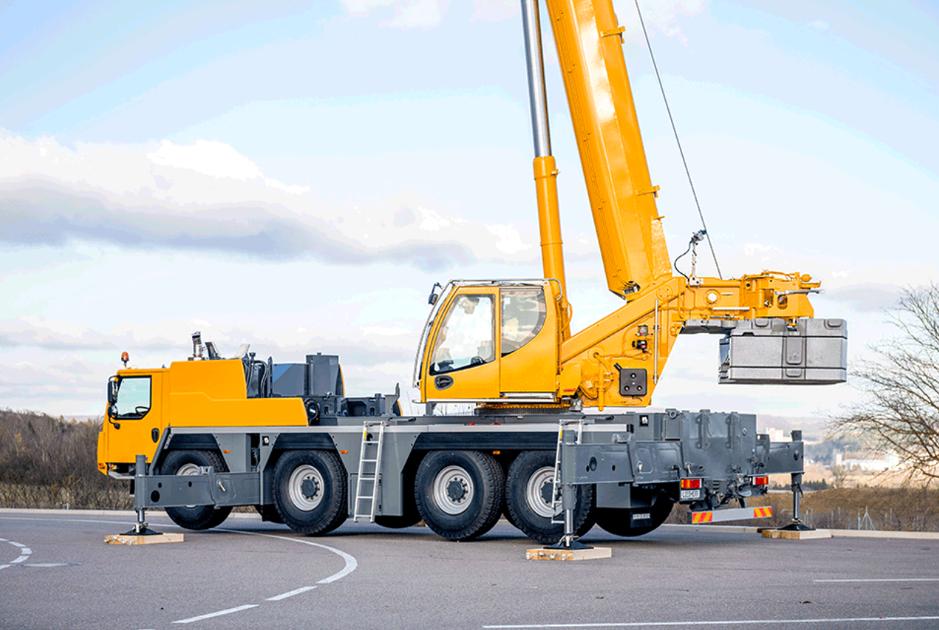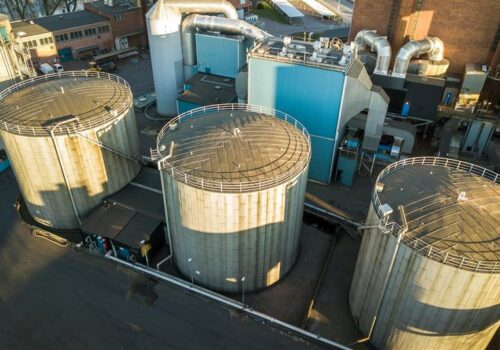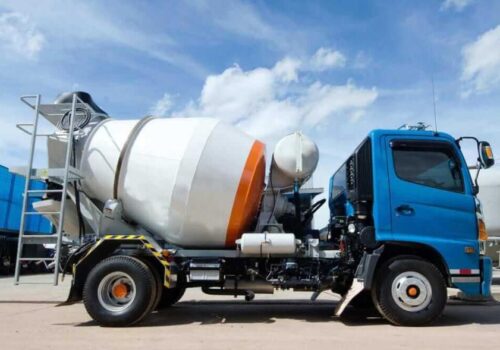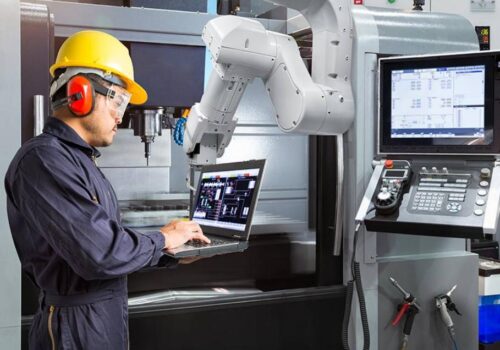How to Transport a Small Mobile Crane Effectively
Transporting a small mobile crane can present logistical challenges, especially when considering the potential risks, costs, and legal requirements involved. While these cranes are designed for mobility, proper transportation still requires careful planning to ensure efficiency and safety. Below, we delve deeper into advanced strategies to achieve a smooth crane transport, covering essential factors like optimising the loading process, mitigating risks, and handling legal obligations.
Selecting the Optimal Transport Vehicle
Choosing the right transport vehicle is more than just picking a flatbed. You need to consider factors such as the crane’s weight distribution and road compatibility. For example, low-loader trailers might be necessary for cranes with higher centres of gravity, preventing dangerous tipping during transportation.
Moreover, if your project involves travelling through rough terrain or steep inclines, opt for heavy-duty vehicles with high torque capabilities. This isn’t just about ensuring the truck can haul the load — it’s about maintaining vehicle stability throughout the journey. Additionally, trucks with air suspension systems can reduce vibrations, minimising wear on sensitive crane components.
Advanced Legal and Safety Compliance
Transporting heavy machinery involves strict legal compliance, often varying by region. Securing the right permits isn’t always straightforward. For instance, in densely populated areas, you may need to acquire additional escorts or adhere to restricted hours for transporting heavy loads, reducing traffic disruption.
To prevent delays, establish communication early with local traffic authorities to map the route and confirm any potential height or width restrictions. Beyond this, ensure that load dimensions comply with bridge and tunnel restrictions, and keep in mind that these constraints may change depending on weather conditions (for example, strong winds or rain may affect bridge load limits).
Engaging Experienced Logistical Teams
Even with the best vehicles and legal preparation, expertise is critical. Experienced logistical teams understand how to balance loads, distribute weight properly, and work within legal limits. They’re also skilled in navigating potential transportation hazards, such as sharp turns, steep inclines, and narrow roads, which could destabilise the crane if not handled carefully.
Hiring experienced professionals also reduces your liability. If accidents happen due to inexperienced handling, you might face insurance penalties or legal action. Trusting professionals with a proven track record is essential to mitigating these risks.
In conclusion, transporting a small mobile crane involves much more than simply loading and driving. With precise planning, expert knowledge, and a proactive approach to risk management, you can ensure the entire operation runs smoothly without unnecessary costs or legal issues.





